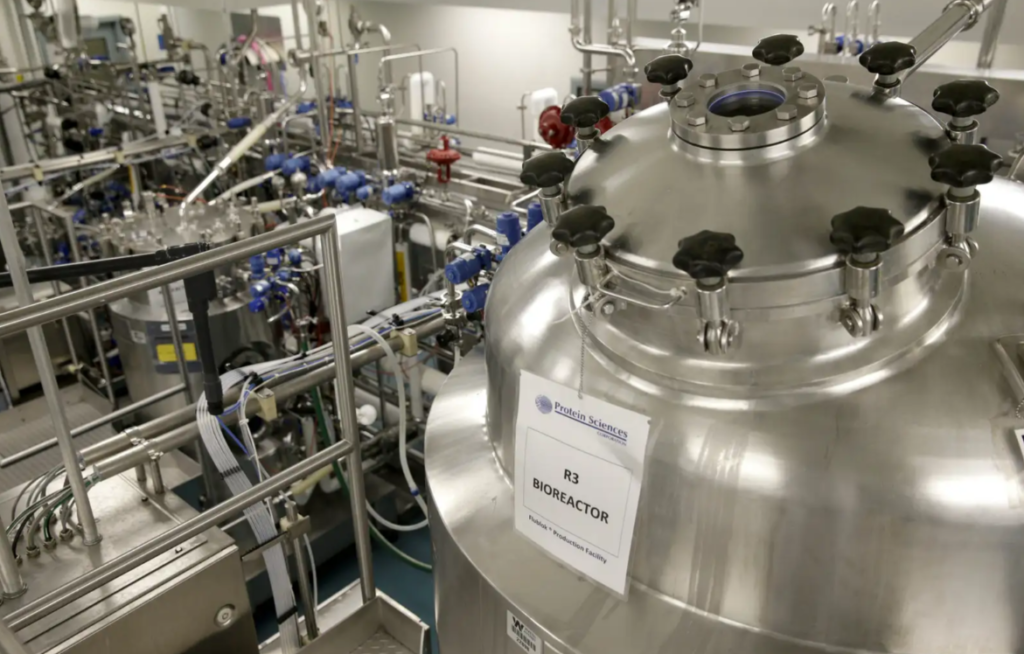Go Natural Education finished its third year of blogging by bringing you 29 new articles in 2023. That’s almost twice as many blogs as we published in 2021 and 2022 combined! Whether you’re been a faithful reader since the beginning or are finding us for the first time, we’re proud to have published 60 articles.
As we kick off 2024, we invite you to join us for a look back at the last 12 months. The year 2023 featured a Soil Series, video interviews, a Synthetic Alternative Protein (SAP) series, and other topics of interest. If there’s something you’d like to learn about in the year ahead, please contact us.

Soil Series
- What is Soil and Why is It Important? Introducing the Soil Series explained what soil is, how plants use it, and why it’s important not to hurt dirt.
- How to Build Up Soil admitted that while most soil isn’t perfect, there are ways to improve it so that it’s healthier – and not just for plant life.
- Grazing and Soil Health described how good grazing management practices can help to improve soil health in several important ways.
- Water Quality and Soil Health examined the relationship between two things we humans just can’t live without.
- Pollution and Soil Health described the three major types of pollution – air, water, and land – and how they’re all related to soil health.
- Restoring Depleted Soil explained how to remediate soil that lacks the nutrients and microorganisms that plants need.
- Carbon Sequestration and Soil Fertility (Part 1) launched a mini-series within our larger soil series. It explained how carbon dioxide that is removed from the atmosphere is stored in the ground.
- Carbon Sequestration and Native Grasses (Part 2) unearthed the role of native grasses in sequestering carbon and supporting healthy soil.
- Carbon Sequestration and Cows (Part 3) wrapped up our mini-series and the soil series overall. Cows are unfairly blamed for climate change, but the data doesn’t support simplistic explanations.
Video Interviews
- Carbon in the Atmosphere and in the Soil featured Gil Daigneau, the founder of Go Natural Education, as he described the relationship between carbon in the atmosphere and carbon in the soil.
- Laura Decker from microBIOMETER on Soil Testing and Soil Health introduced an easy-to-use and cost-effective technology for measuring microbes in soil.
- Jeff Lowenfels from the Teaming Series on Organic Growing and Soil Health shared insights from the author of an award-winning series of books for gardeners.
- James White from Rutgers University on Plant Biology and Soil Health described what a plant biologist does, what endophytes are, and how manure that’s been aged can improve soil health.
- Theresa Levine from The Farmer’s Log on Manure Management shared a novel technology that’s offering farmers a way to reduce their manure storage volume while creating nutrient-rich fertilizers.
- Dr. Ashok Vaseashta of the International Clean Water Institute on Water Quality covered the relationship between water quality and soil health, and how microplastics in water can effect human health.

Synthetic Alternative Meat (SAP) Series
- What is Lab Grown Meat? It’s Synthetic Alternative Protein (SAP) introduced readers to our next major series and challenged them to consider whether SAP is truly meat at all.
- Cleanrooms and Regulations for Lab Grown Meat (SAP) explained how so-called clean meat is made in a tightly controlled process under cleanroom conditions.
- Stem Cells, Satellite Cells and Lab Grown Meat (SAP) shared how the cells that are extracted from a subject animal are added to a cell culture medium.
- Fetal Bovine Serum and Lab Grown Meat (SAP) covered the extraction of cellular growth factors that are obtained by puncturing a cow’s fetus and removing blood from an unborn calf.
- Bioreactors, Scaffolding and Lab Grown Meat (SAP) explained how cells grown in laboratory equipment become chunks and sheets that are stacked and combined.
- What is Lab Grown Meat’s Impact on the Environment (SAP)? questioned whether SAP is truly better for the environment than raising cattle.
- How Much Energy Does Lab Grown Meat Require (SAP)? examined the energy requirements for a process that uses more oil, gas, and coal than renewables or nuclear energy.
- How Does Lab Grown Meat Affect Human Health (SAP) concluded our series by considering the risk of contamination, the presence of additives, the lack of phytonutrients, and the unknown.

Food Waste Series
- Food Waste and the Environment: An Introduction (Part 1) marked the start of our food waste series and considered how wasted food is more than wasted money.
- Why Does Food Waste Occur? challenged readers to consider the causes of a growing social problem that’s also a humanitarian issue and an environmental concern.
- The Cost and Consequences of Food Waste considered the true costs of a global problem that now exceeds over $1 trillion (USD) per year.
Other Topics
- Why Cows Are Not Bad for the Environment (Part 1) examined Dr. Paul Saladino’s claim that “the demonization of animal food is almost entirely unfounded.”
- Why Cows Are Not Bad for the Environment (Part 2) debunked claims that cows and the farmers who raise them harm the environment.
- Beef Processing and Packaging concluded a series about the beef industry that began in 2022 and extended in 2023.